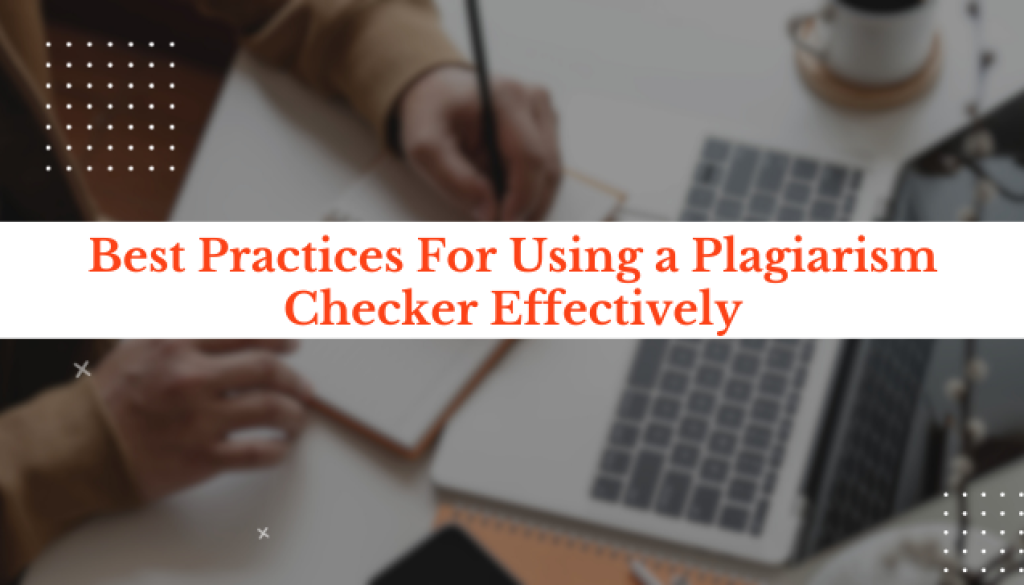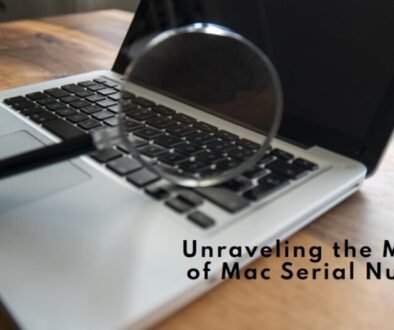Best Practices For Using a Plagiarism Checker Effectively
Plagiarism is a major concern in the academic and professional fields. With the advent of the Internet, copying other people’s work and passing it off as your own has become increasingly easy. However, this negative behavior can lead to serious consequences, including academic restrictions and lack of confidence. To help detect plagiarism, plagiarism checkers have become essential. This article examines the goals, best practices, and guidelines for effectively using content monitoring to ensure your document is available without plagiarism.
Importance of Plagiarism Checkers
Let us look into the various aspects of plagiarism checker, from their basic use to their necessity. While reading this article, you will be able to learn how to use a plagiarism checker effectively. Also, here are some tips to enhance your writing skills without getting plagiarised.
1. Purpose of Plagiarism Checkers
The purpose of any plagiarism checker is to detect similarities in the text and ensure the originality of the document. It is imperative in academic work where the temptation to copy other work from the Internet is vital. As a result, plagiarism checkers have grown extensively. Even there are free plagiarism checker online to detect the copied content. Many educational institutions and commercial companies are considering the use of these Copyscape checkers. It has become a necessary condition to avoid plagiarism and encourage creative content.
2. When To Use A Plagiarism Checker?
Using a plagiarism checker once halfway through your article and finally after completing the article is the right practice. This practice allows you to carefully correct errors the tool has shown on the other side. Therefore, this method not only reduces the editing time significantly but also ensures that the entire document is reviewed instead of waiting for it to be completed.
3. What can be excluded while checking?
When proofreading a document for plagiarism, exclude the following:
Bibliography – Mostly, a plagiarism checker will flag an error or plagiarism in the bibliography part. This is because the same reference or book name might be mentioned elsewhere.
Title Page – The title page consists of the author’s name, topic, and affiliations that might look similar to the other content on the Internet. This type of plagiarism can be excluded while proofreading a document.
How does an incorrect citation impact?
Using the right citation is highly important as it creates an impact while checking grammar. When you cite the references on your paperwork, the grammar checker displays it in green, which means you have correctly cited the source. Plagiarism will be avoided only if the citation is properly done.
If your citations are represented in some other color other than green, then it is an error indication. It shows you need to add the cited sources correctly. It will increase the ratio of errors or plagiarism in the content. Misplaced citations might lead to misleading reports, thus iterating your work.
Understanding the Results
Plagiarism Pro allows you to copy and paste the document or upload the document to check the grammar errors and duplication. Comparing trillions of references and text from a large set of databases, it evaluates the content for originality.
When a word or phrase repeats the same pattern as in other reference articles, it will indicate plagiarism. The best free plagiarism checker indicates different types of plagiarism, and they are listed below for better understanding.
- Self-plagiarism – Repurposing previous content that you have submitted.
- Accidental plagiarism – It occurs naturally when a writer writes without it being plagiarised.
- Patchwork plagiarism – A few instances might have plagiarism in the original work.
- Aggregate plagiarism – With proper citation but without original content in the document, it is called aggregate plagiarism.
- Paraphrasing plagiarism – Rephrasing the original content to convey it as their content is called paraphrasing plagiarism.
- Mosaic plagiarism – Another type of patchwork plagiarism is mosaic plagiarism, where deliberately copied content is placed.
- Inaccurate citation – It occurs when the writer misses to add the citation unintentionally.
- Bluffing plagiarism – Taking notes from different sources and jotting them down in a write-up is called bluffing plagiarism.
- Verbatim plagiarism – Copying another person’s article word by word without quotes or minor changes is verbatim plagiarism.
How much plagiarism is allowed?
The acceptance range depends on the type of the file or document. While most people firmly believe the content should be 100% plagiarism-free, there are places where 25% of plagiarism is accepted. Ph.D. works, research papers and master’s documentation allow some plagiarism.
- For standard-sized documents – the plagiarism percentage must be less than 5.
- For large-sized documents – the plagiarism percentage must be less than 2.
Conclusion
A plagiarism checker tool is the best way to catch mistakes and duplicate content. It helps to keep you away from awkwardly sharing the same piece of information that another person has conveyed. It also makes your content credible with originality and conforming to prevent copyright law. The report shared by the plagiarism checker is proof of your work with the original context.



